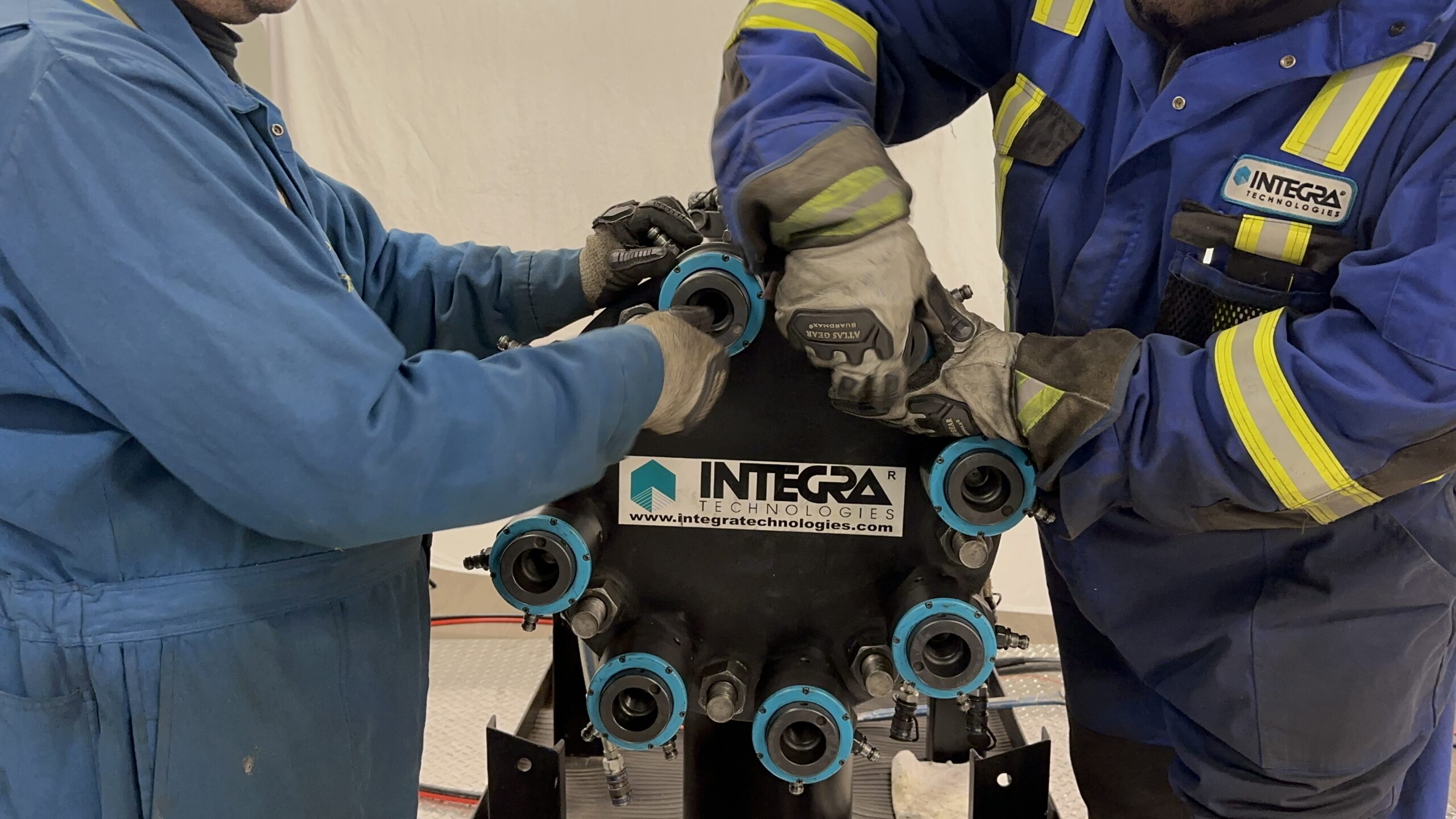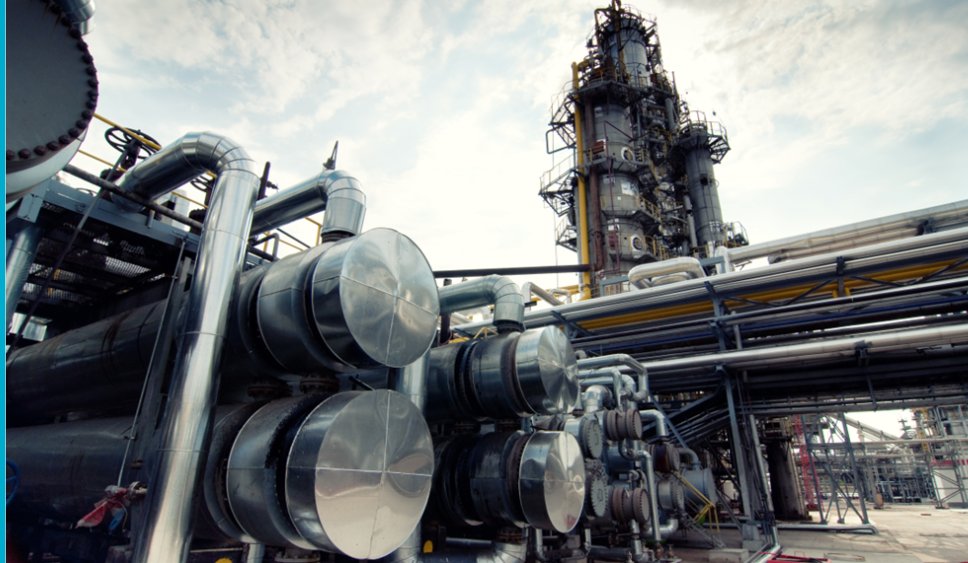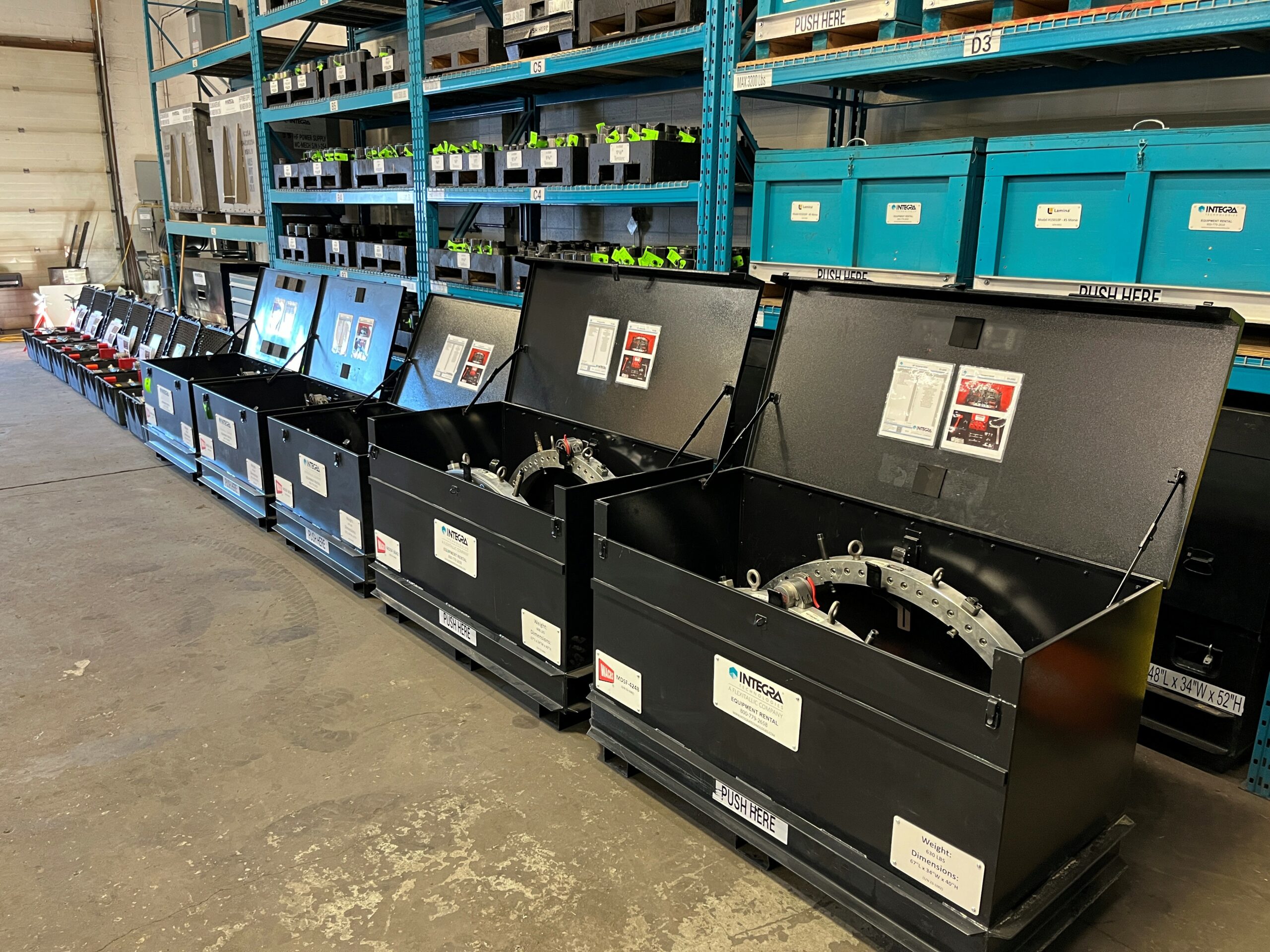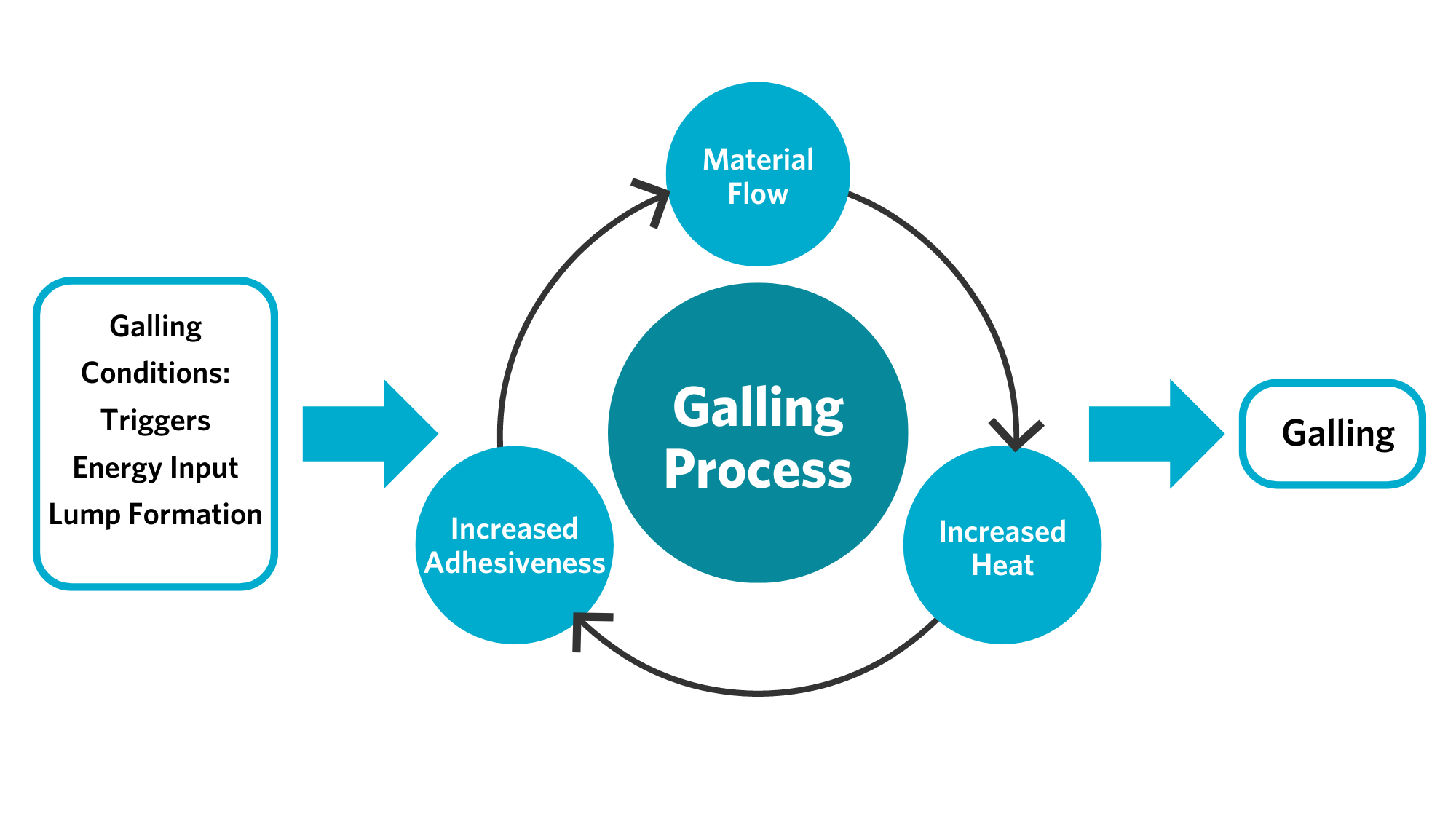Subsea Bolt Tensioning:
Conversation with Debbie Jackson
Ryder Britton (RB): Hi Debbie, thanks a lot for meeting today to chat about Subsea bolt tensioning in the offshore market. Can you start by introducing yourself?
Debbie Jackson (DJ): Yes, I’m Debbie Jackson, Rentals Manager for INTEGRA. I’ve been here for 17 years but I’ve been in the bolting industry for over 20 years.
RB: That’s amazing – so we’re definitely chatting with the right person about this. To start, can you give us a little history of how long Subsea bolt tensioning has been used in the industry?
DJ: Yes, it has been around for over 30 years. The original Subsea tensioner was designed more as a topside tensioner – so it had a lower pressure than what we’re used to now – and it had a solid reaction nut. I can actually show you one here:
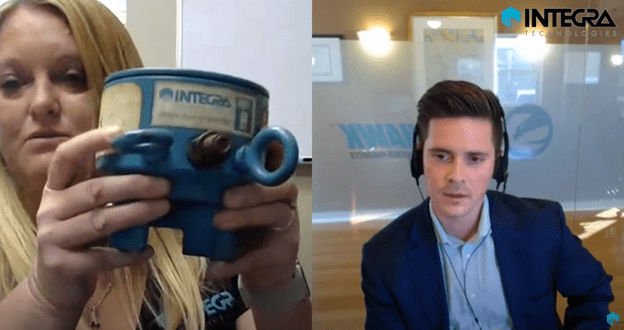
Debbie Jackson shows an original Subsea Tensioner used over 20 years ago
DJ: This is what our original ones looked like. As you can see, it is a little smaller in height compared to the others. It doesn’t go up to as many kips and it has a solid reaction nut on the top rather than the quick release split nut we are used to now. Also, it only has a single port. Overall, it is a little bit different to what we normally see now.
RB: And what we’ve seen for the past 20 years has been our SeaStallion™ Subsea Tensioner?
DJ: That’s right. So, moving on, this is what our SeaStallion™ Subsea Tensioner looks like now:
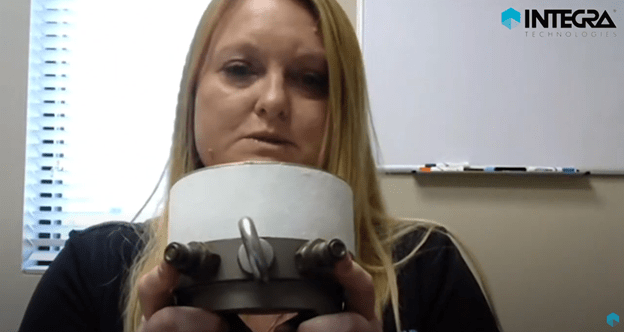
Debbie Jackson displays the original SeaStallion™ Subsea Bolt Tensioner
DJ: As you can see there are a lot of differences between it and the previous tensioner I showed. It has a dual port, which eliminates the need for the t-blocks and extra parts that can easily be lost. It has a piston over-stroke indicator in there, so it allows the tool to reach the maximum stroke without over stroking the ram and losing pressure. But the main difference is the introduction of the quick split reaction nut (QRN).
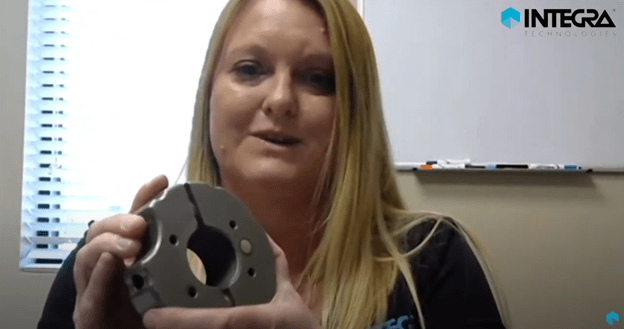
Debbie Jackson holds a Quick Split Reaction Nut (QRN)
DJ: This is a QRN that opens and closes with a touch of a button, which speeds up the installation for the diver as there was no need to wind down that solid nut down to the stud. This simply slips down the stud and then locks in place.
RB: Thanks Debbie. One of the main reasons we are getting together today is to talk about the introduction of our next line of SeaStallion™ – the SeaStallion™ HP Series. Can you tell us a bit about that?
DB: Sure. The original SeaStallion™ was designed around ASME and ANSI flanges, which have a requirement of tightening a flange to 50% of yield of the stud. The industry is constantly looking for improvements for sealing systems that improve on installation, leak-free performances, and longer sea life. We are now seeing new specifications for tightening from API and the introduction of compact flanges into the Subsea market. Part of INTEGRA Technologies’ mission is to continuously grow and develop in the market by introducing new products to the industry which are safer, faster and better and we felt with the new changes that are happening in the Subsea market we needed to revamp our original design of the Subsea tensioner. So, we came up with the new SeaStallion™ HP Series bolt tensioner.
RB: What are some of the main technical changes that have been made from the original SeaStallion™ to the HP Series?
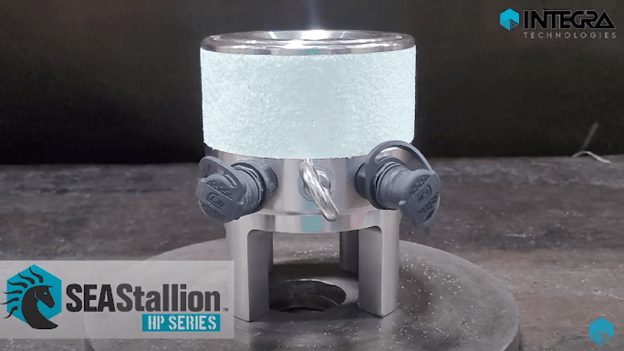
The new SeaStallion™ HP Series Subsea Bolt Tensioner
DJ: The SeaStallion™ HP series has kept some of the original design features that the divers liked in the in the original SeaStallion™: They use the same quick split reaction nut and have the extended piston stroke indicator so you can tension numerous flanges without retracting the ram. But what we have done is increase the ram area which allows a higher load capacity of 172 kips compared to the standard 124 kips. This higher-pressure area results in a lower applied hydraulic pressure – meaning you’re not taking the tool to the to the max to achieve the required 73% of yield. It is also manufactured in stainless steel, so it is easier to keep clean and more durable for those long-term offshore Subsea projects. We have also added thicker seals, which provides an increase in reliability – that means less chances of the seals blowing and needing a replacement on the job. And I’ll hold this back up for you all:
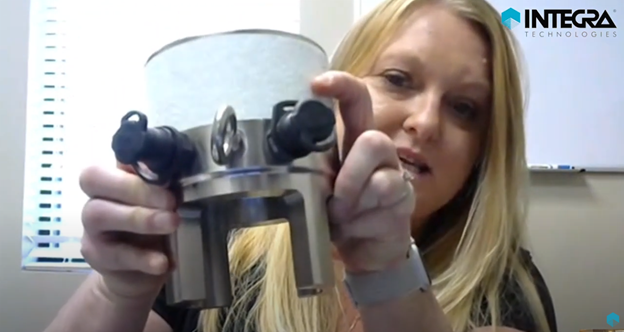
Debbie Jackson holds the new SeaStallion™ HP Series Subsea Bolt Tensioner
DJ: You can see the bridge is now angled and taller, allowing for the same tool to be used on ANSI, API and compact flanges.
RB: Thanks for going through all the technical updates on the new SeaStallion™ HP Series. If you were to summarize the changes in a couple sentences, what would you say?
DJ: The new SeaStallion™ HP Series has been designed to be safer, better, and faster than any of the Subsea bolt tensioners on the market now. It is the smallest in design, with the highest load capacity, so it truly is a workhorse for those long subsea projects.
RB: Great. If someone wants to get in touch with you or anyone on the team, what is the best way?
DB: They can give us a call here at 800-779-2658 – we are available 24/7. We can have these SeaStallion™ HP Series Subsea bolt tensioners on your project as quickly as possible.

